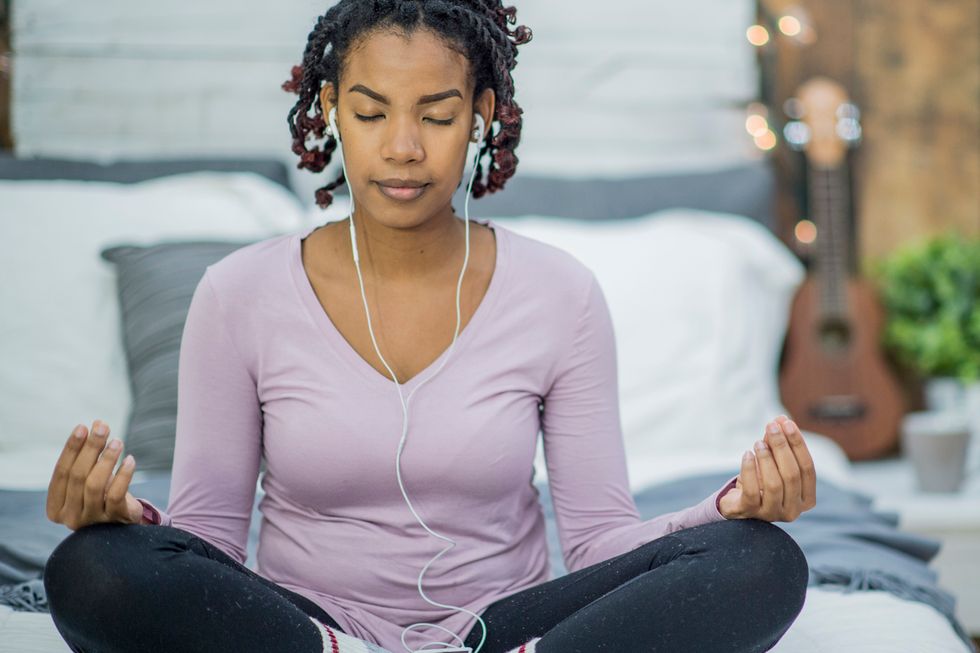What do those of us suffering from too much daily stress have in common with champion athletes and patients undergoing major surgery?
We can all benefit from using the techniques of visualization and guided imagery to bring our minds and bodies into better balance. Using our imaginations, we can visualize a place where we feel relaxed, such as the beach or other natural area. That's a lot like daydreaming, says Diane L. Tusek, R.N., B.S.N., but sustaining that visualization long enough to work through your stresses is often difficult. That is why the use of "guided imagery" can be so successful for those coping with stressful and difficult times.
With guided imagery, you hear directions spoken by someone on a recorded CD, audiotape, or coaching you in person. The words guide you through an imaginary story, helping your mind to become more peaceful, calm and relaxed. "It's a directed focus," says Tusek, former director of the Guided Imagery Program at the Cleveland Clinic Foundation and creator of guided imagery/relaxation tapes used by many medical centers, corporations, professional athletes and individuals.
Tusek's research shows that patients using guided imagery were more relaxed, needed less pain medication and went home from the hospital sooner. Guided imagery helps lower anxiety, stress and blood pressure, reduces the severity of headaches and even strengthens immune functioning.
You can do visualization or guided imagery (with a CD or tape) on your own. To begin:
- Go to a room where you will not be interrupted for 20 minutes.
- Close your eyes.
- To relax, take several deep abdominal breaths.
- Focus on your breathing as you relax.
- The guided imagery CD or tape will direct your imagination. "It lets you confront feelings, work through them and become stronger because of them," Tusek says.
- If you choose to visualize on your own, think of a restful place you have enjoyed or would like to visit. Picture it in your mind. Imagine how you would experience it through each of your senses. Hold that visualization for several minutes.
- At the end of the session, take a minute or two to return slowly to a less stressed-out reality.







